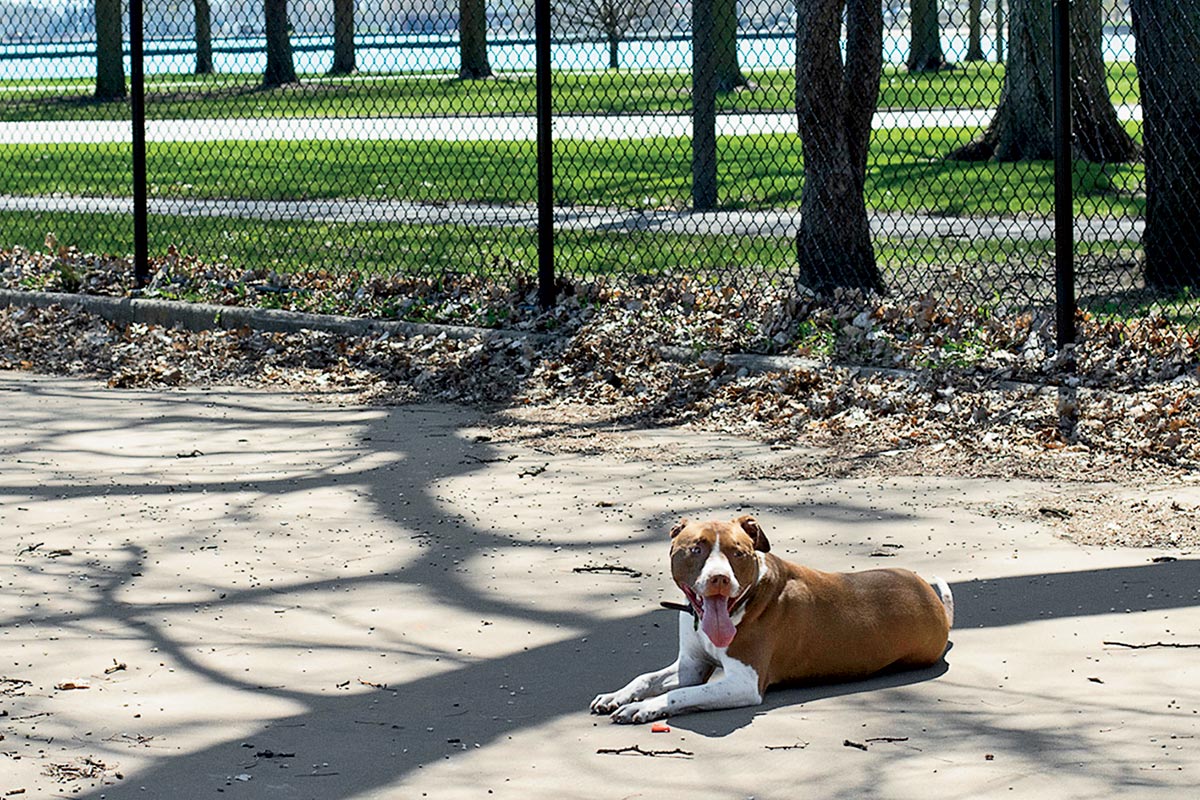The Issue:Until recently, the city didn’t have a single official off-leash area for dogs south of Cermak Road. Though pup playgrounds are the purview of the Chicago Park District, communities are responsible for planning and paying for them — hurdles that have contributed to the uneven distribution. With a new space open in Calumet Park (pictured) and five more on the way around the South Side, here’s what local organizers have learned.
1 Get Your Neighbors Involved
“This is definitely not something that you can do alone,” says Carina Trudell, copresident of the McKinley Dog Park Committee. To make a proposal to the park district, you need to gather 50-plus signatures, form a committee, and hold neighborhood meetings. Getting community support may be harder than you think — for one thing, dog parks are often seen as heralds of gentrification (see: a pup-friendly homage to Millennium Park’s Crown Fountain planned for Lincoln Yards).
2 View the Park District’s Manual as Advice, not Law
The park district has an official guide for applying to get a park, but Michael Lange, the park district’s lakefront planning coordinator, suggests viewing it as a collection of recommendations to increase the likelihood of your proposal being accepted. In other words, exceptions can be made — Hamlin Park’s dog area in Lake View is right next to a residential street — but that ambiguity has left some organizers like Trudell feeling like the process is “very subjective.”
3 Hound Your Alderman
Local officials can help acquire funding from municipal sources like tax increment financing, says Marc Loveless of the Bronzeville Association for Recreation with Canines (yes, that spells BARC). The park district’s application guide suggests holding auctions or benefit concerts to gather money, but Bobby Loncar, president of the Southeast Chicago Dog Park Committee, says it’s a myth that facilities are built entirely through community fundraising efforts — most draw on city funds.
4 Prepare for a Long Haul
The McKinley Park project has taken half a decade, in part because the first proposal was rejected based on the original location (the spot was heavily used, was too close to homes, and did not have access to a water source, per the park district). Trudell says that “patience and every synonym that goes along with that” are key.



